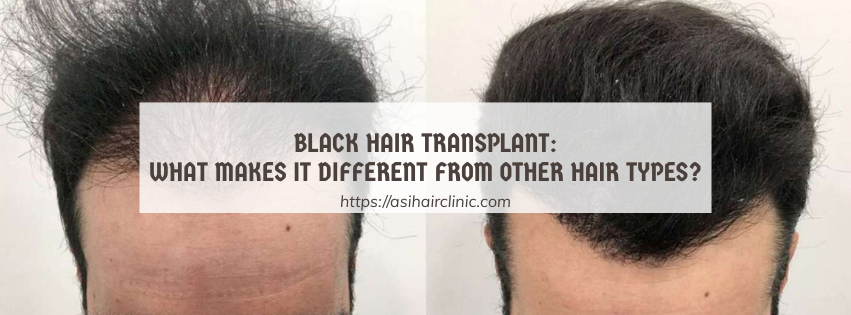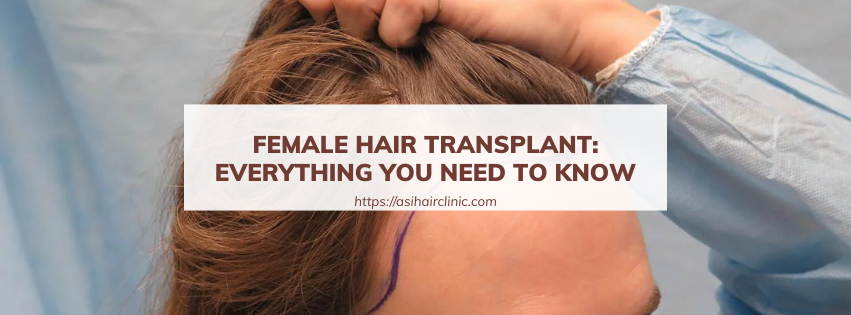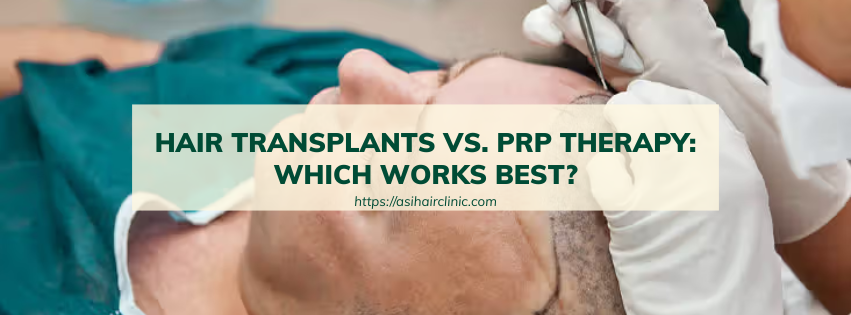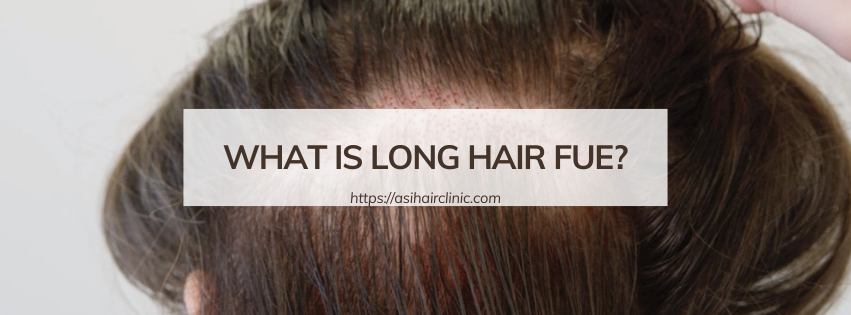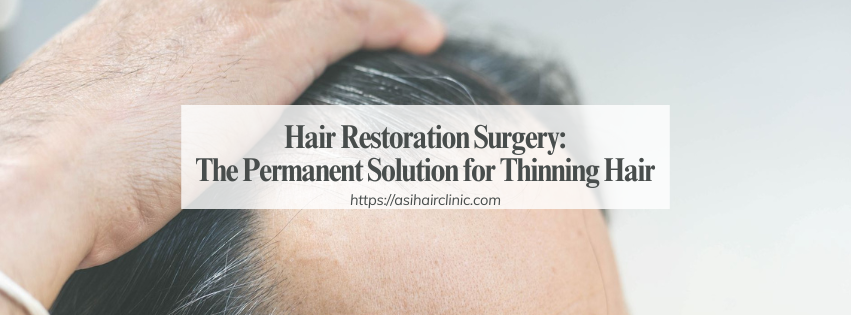Female Hair Transplants: All You Need to Know
Are you a woman struggling with hair loss? You are not alone. Hair loss is a common concern for both men and women, but it can be particularly devastating for women. For many, hair plays a significant role in their sense of femininity, self-esteem, and confidence. While numerous solutions exist to address hair loss in women, from topical treatments to hair extensions, a female hair transplant offers a permanent and natural solution, restoring both hair and confidence. This comprehensive guide will delve into the intricacies of female hair transplants, covering everything from the underlying causes of hair loss to the procedure itself, potential risks and recovery, and frequently asked questions.
Understanding Female Hair Loss
Before exploring the specifics of hair transplants, let's understand the underlying causes of hair loss in women. Unlike male pattern baldness, which is primarily driven by hormonal fluctuations, women experience hair loss due to a diverse range of factors.
Hormonal Fluctuations
Hormonal changes are a significant factor, especially during pregnancy, menopause, and postpartum periods. These changes can affect the hair growth cycle, leading to hair shedding. During pregnancy, for example, high levels of estrogen prolong the hair's growing phase, resulting in thicker and fuller hair. However, after childbirth, hormone levels drop, causing hair to enter the resting phase, leading to excessive shedding. Similarly, during menopause, a decrease in estrogen levels can trigger hair thinning and shedding.
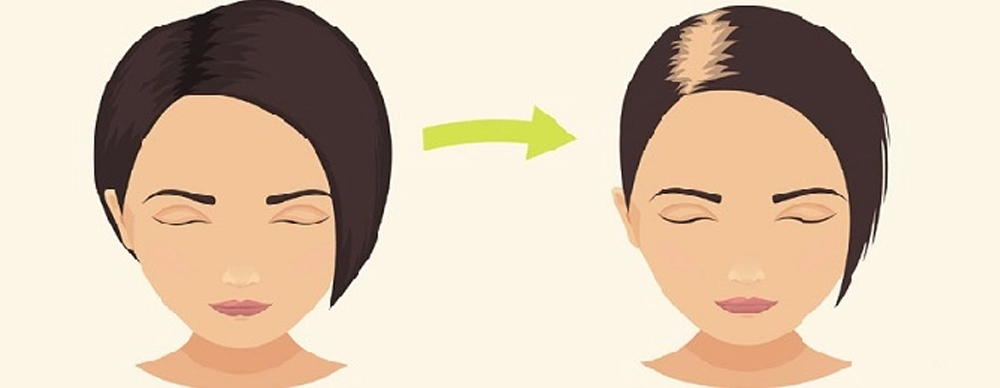
Genetic Predisposition
While not as common as in men, women can inherit a genetic predisposition to hair loss known as female pattern hair loss (FPHL). It is also referred to as androgenetic alopecia and can occur at any age after puberty. FPHL results in a receding hairline or thinning around the crown. It is caused by a combination of genetic and hormonal factors, leading to the shrinkage of hair follicles and shorter hair growth cycles.
Stress and Medical Conditions
Stress, both physical and emotional, can also contribute to hair loss in women. When the body is under stress, it releases a hormone called cortisol, which can disrupt the hair growth cycle, resulting in excessive shedding. Women with underlying medical conditions such as thyroid disorders, autoimmune diseases, and anemia may also experience hair loss.
Female Hair Transplants Procedure
A female hair transplant involves removing healthy hair follicles from one part of the scalp, known as the donor site, and implanting them into areas experiencing hair loss, known as the recipient site. The two most commonly used techniques for female hair transplants are follicular unit transplantation (FUT) and follicular unit extraction (FUE).
Follicular Unit Transplantation (FUT)
In FUT, the surgeon removes a strip of skin from the donor area, usually the back or sides of the head, and then divides it into individual hair grafts. These grafts are then transplanted into the recipient site, where they will continue to grow like natural hair. This technique is ideal for women with larger areas of thinning hair as it allows for more grafts to be transplanted in a single session.
Follicular Unit Extraction (FUE)
In FUE, individual hair follicles are extracted directly from the donor area using a specialized punch tool. These follicles are then transplanted into the recipient site. Unlike FUT, no strip of skin is removed, making it a more minimally invasive procedure. However, it is more time-consuming and can only extract a limited number of grafts in a single session.
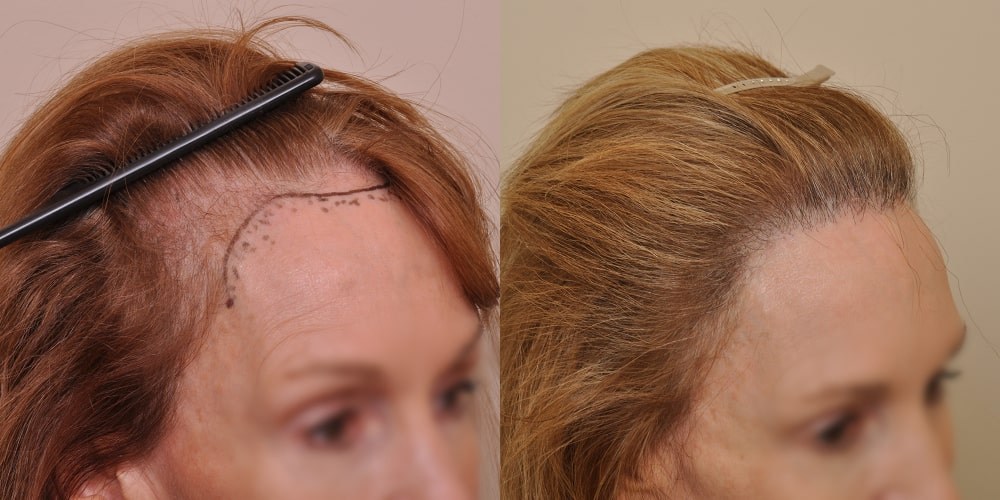
Potential Risks and Recovery
As with any surgical procedure, there are potential risks associated with female hair transplants. These risks include infections, bleeding, and scarring. However, with a skilled and experienced surgeon, the chances of complications are significantly reduced.
The recovery process for a female hair transplant can vary from person to person. In general, it takes about 2-3 weeks for the transplanted hair follicles to settle and start growing. During this time, there may be some redness, swelling, and scabbing in the recipient site. Your doctor will provide you with post-operative care instructions, including how to clean and care for the transplanted area, which will help speed up the healing process. It is also crucial to avoid any strenuous activity or exposure to direct sunlight during the initial recovery phase.
Frequently Asked Questions
1. Is a female hair transplant a suitable option for me?
A female hair transplant is a suitable option for women experiencing significant hair loss due to various reasons. It is essential to consult with a qualified hair transplant surgeon who can assess your individual case and determine if you are a good candidate for the procedure.
2. How long does a female hair transplant procedure take?
The duration of a female hair transplant procedure can vary depending on the technique used and the number of grafts required. On average, it takes about 4-8 hours.
3. Will the results of a female hair transplant look natural?
Yes, the results of a female hair transplant will look natural as the transplanted hair follicles will continue to grow like natural hair. With an experienced surgeon, the transplanted hair will blend seamlessly with the existing hair, creating a natural-looking hairline.
4. Are there any non-surgical options for female hair loss?
Yes, there are several non-surgical options for female hair loss, such as topical treatments, oral medication, and low-level light therapy. However, these options may only slow down hair loss or promote hair growth in some cases, and the results are not permanent.
5. Are there any long-term side effects of a female hair transplant?
No, there are no long-term side effects of a female hair transplant. However, it is essential to follow your surgeon's post-operative care instructions to reduce the risk of any complications.
Conclusion
Hair loss can be a distressing experience for women, affecting their confidence and self-esteem. Female hair transplants offer a permanent and natural solution for those struggling with hair loss. Understanding the underlying causes of hair loss and consulting with a skilled surgeon can help determine if a hair transplant is a suitable option. With advancements in technology and techniques, the procedure is safe and effective, and the results are long-lasting. If you are considering a female hair transplant, do your research, and consult with a qualified professional to achieve the best possible outcome.
LATEST POSTS

